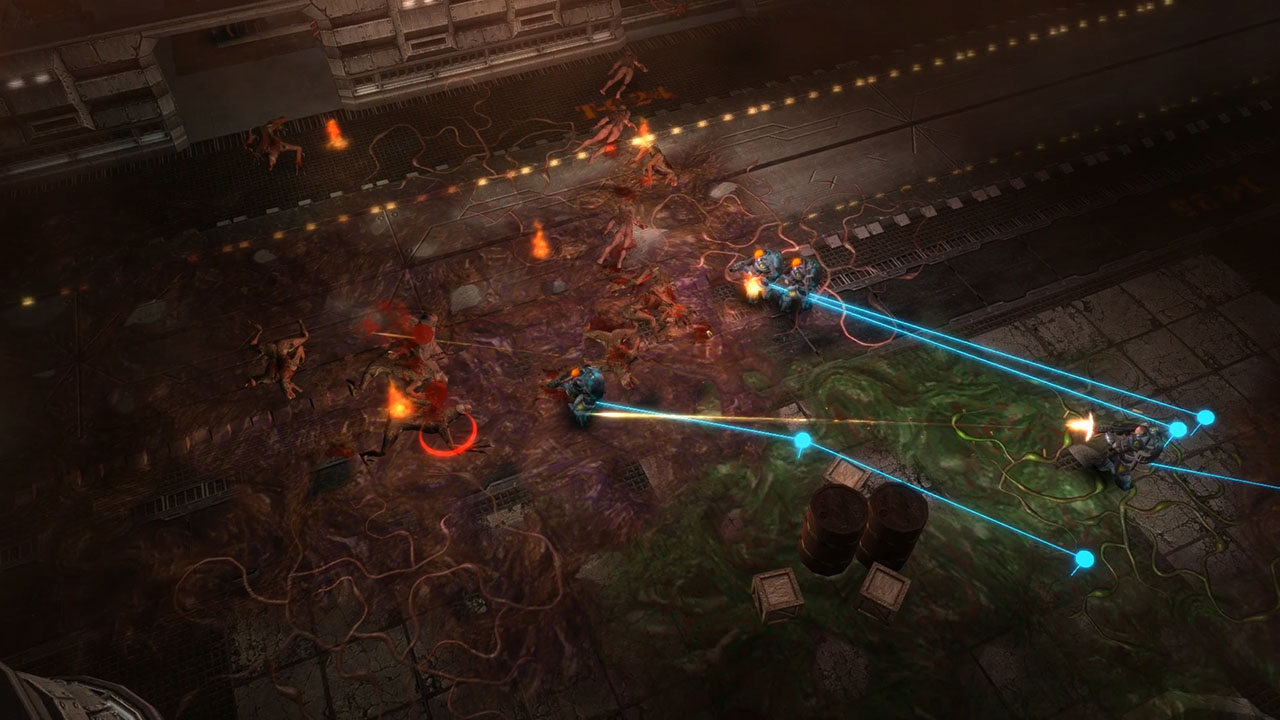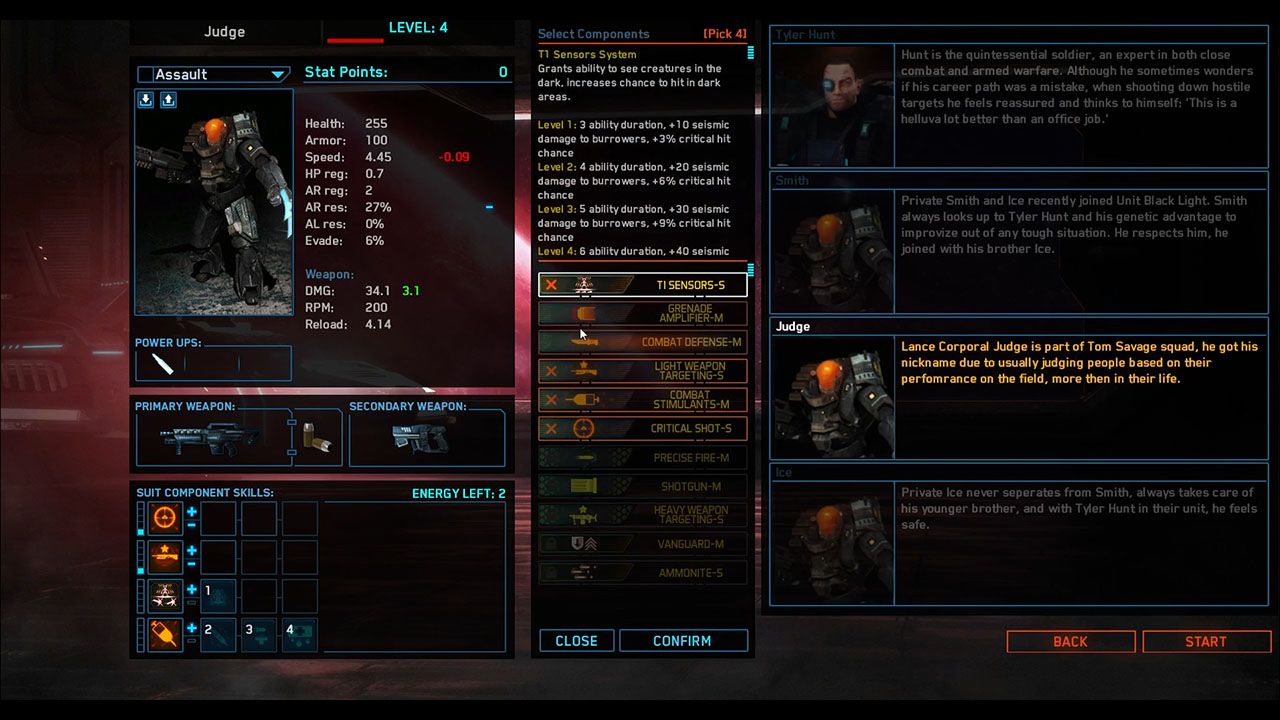The Red Solstice, although controlled by the team, can in a way be called a community-driven project. If you look at every big milestone, it was always made possible by the community itself. It was the dedicated community that made the first contributions that in a large degree allowed us to fund the development in the early stages. It was the community that backed us during our Kickstarter campaign. It was the community that funded our company through the early access stage. It was the community that spread the word about our game and, perhaps most important of all, it was the dedicated members of the community who gave us the feedback and encouragement we needed. Many of the features in The Red Solstice are a direct result of someone writing us a message saying, "Hey, it would be really cool if we could...". This cooperation with the community went so far that some of the present and past members of our team started out as enthusiastic community members who demonstrated skills that we needed.
Being old school gamers at heart and participating in the industry both as customers and developers, we dare say that the lines between the two are often getting blurred very often to the benefit of both sides. Where before a user would go to a shop, buy a CD, play a game, and then go buy another one, now users have the opportunity to be involved in the process of evolution of a product, leading to a much more enjoyable and a longer lasting experience. We are very proud of the fact that some of our users have invested thousands of hours into our game.
In that regard, new alternative ways of funding were essential to our success. Finding a single investor or gathering the capital needed to fund the whole development on our own would be totally impossible. Finding a number of people willing to trust us just enough to make a small contribution on a promise we made proved much more realistic, both during our Kickstarter campaign and the following Early Access.
While some (likely fueled by bad experiences) claim crowdfunding is a failed model, we strongly believe it is one of the essential things that drive the current golden age of indie game development that has given birth to so many awesome bold projects that would have never been made by the bigger companies. It is unfortunately unavoidable that sometimes money will be spent on projects that fail, but the concept of distribution of risk (no one company might risk millions of dollars, where hundreds of thousands might risk ten dollars) makes much more daring attempts possible; and once they succeed, we often get true works of art. We also believe crowdfunding models will only gain momentum as more and more people latch onto the idea that sometimes funding projects that fail is actually investing in the survival of a market that in principle does deliver. What's more, a simple Google search makes it easier for individuals to do a bit of research and learn which developers have risen to the top while weeding out the more dishonest ones.
Balancing the Game
Thanks to my involvement in the Night of the Dead maps from Warcraft 3 and StarCraft 2, I already had an idea of what the balance in The Red Solstice would look like; i.e., which classes we would create and how would they fit their role. I am not a great fan of the holy trinity (tank, healer, damage dealer). I am not saying things shouldn’t be based around it, but it definitely should not be copied wholesale. In The Red Solstice the primary rule is that everyone has the power.
When I think of a class, I think first about a class skill; why would a certain skill fit into that class, how that skill can improve the class' role in a team, how can it make this class more fun to play, and how it will interact with other skills. On top of that, each class has to be different, has to be played differently, and players have to be able to approach that class differently when playing it. That way the player can enjoy a unique gameplay experience with a particular class and you can focus on doing things you truly love, like healing the group, or focus on taking down the bosses, or just sniping anything that poses a threat.
The other side of this coin is that the more skills you have, the harder it is to not break the balance and synergy between them. Naturally we had some failures where we had to scrap certain ideas and move along. It’s basically the constant testing in the early access that got us to the point where we can say that the game is beatable on the hardest difficult and playing the hardest map. One problem we are still having is that there are not enough meta builds, but since we’re improving the game continuously, we are improving in that area as well.

